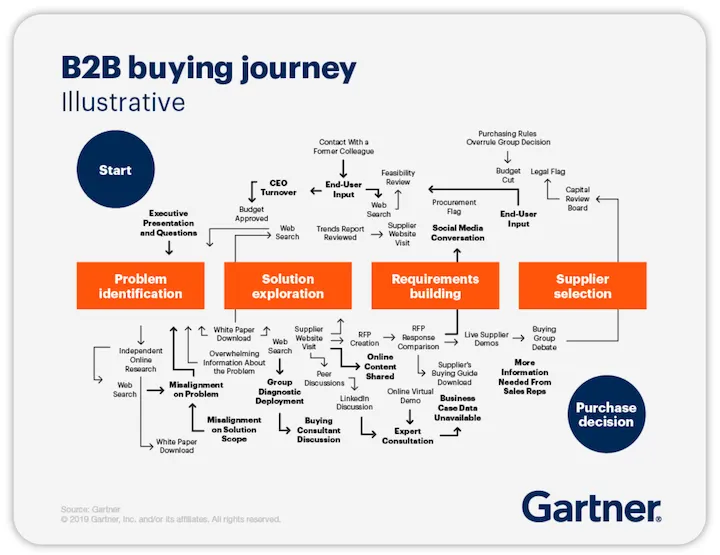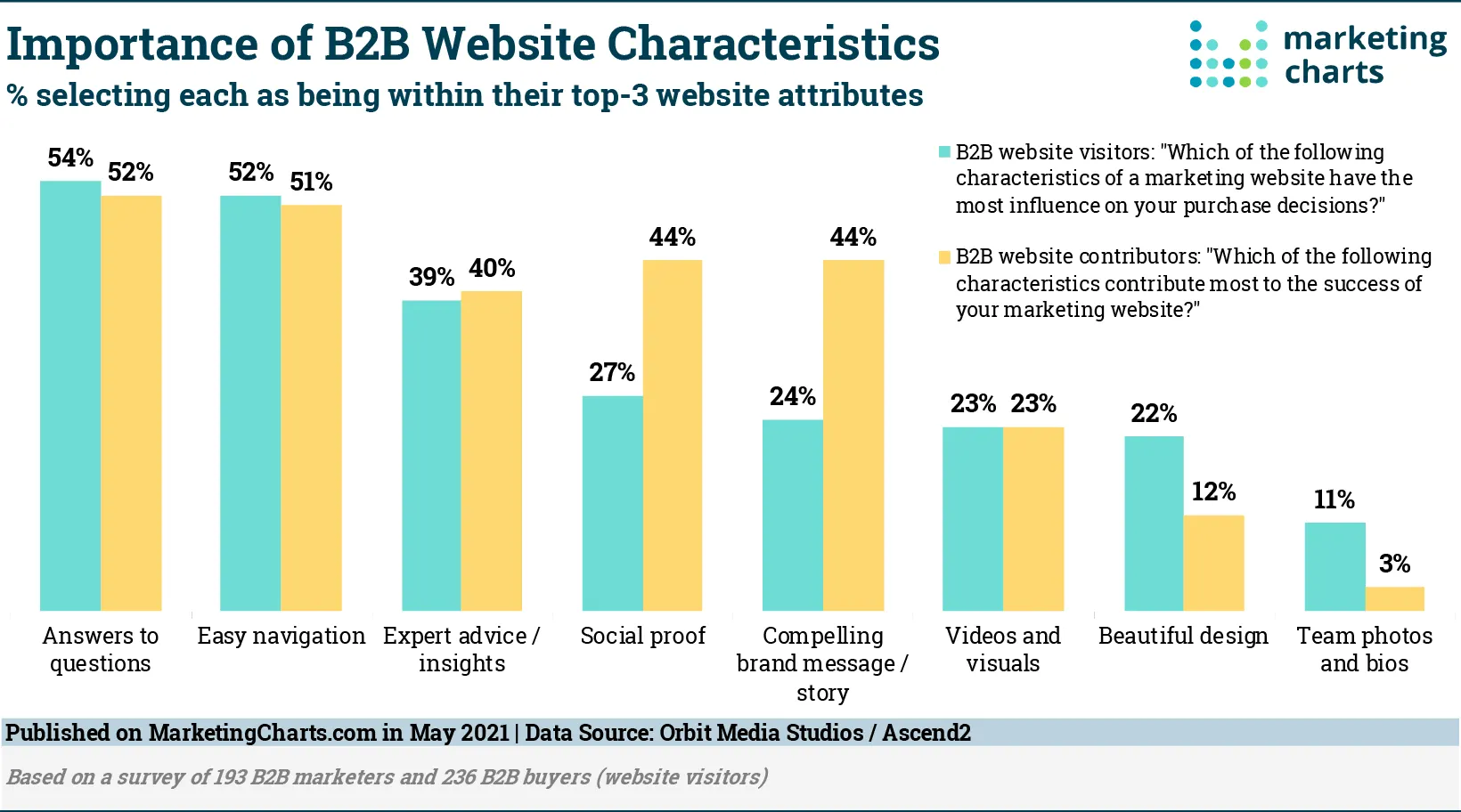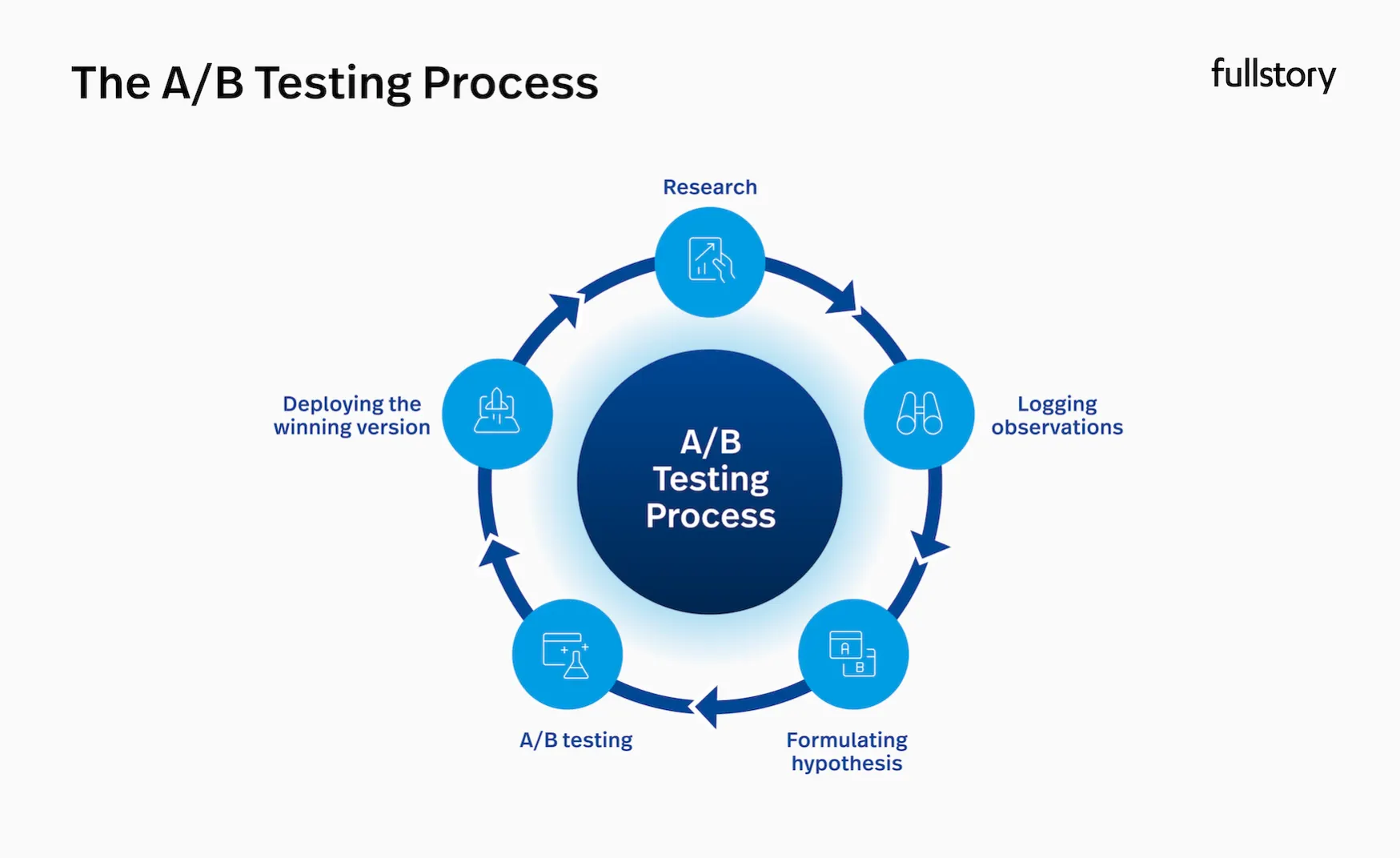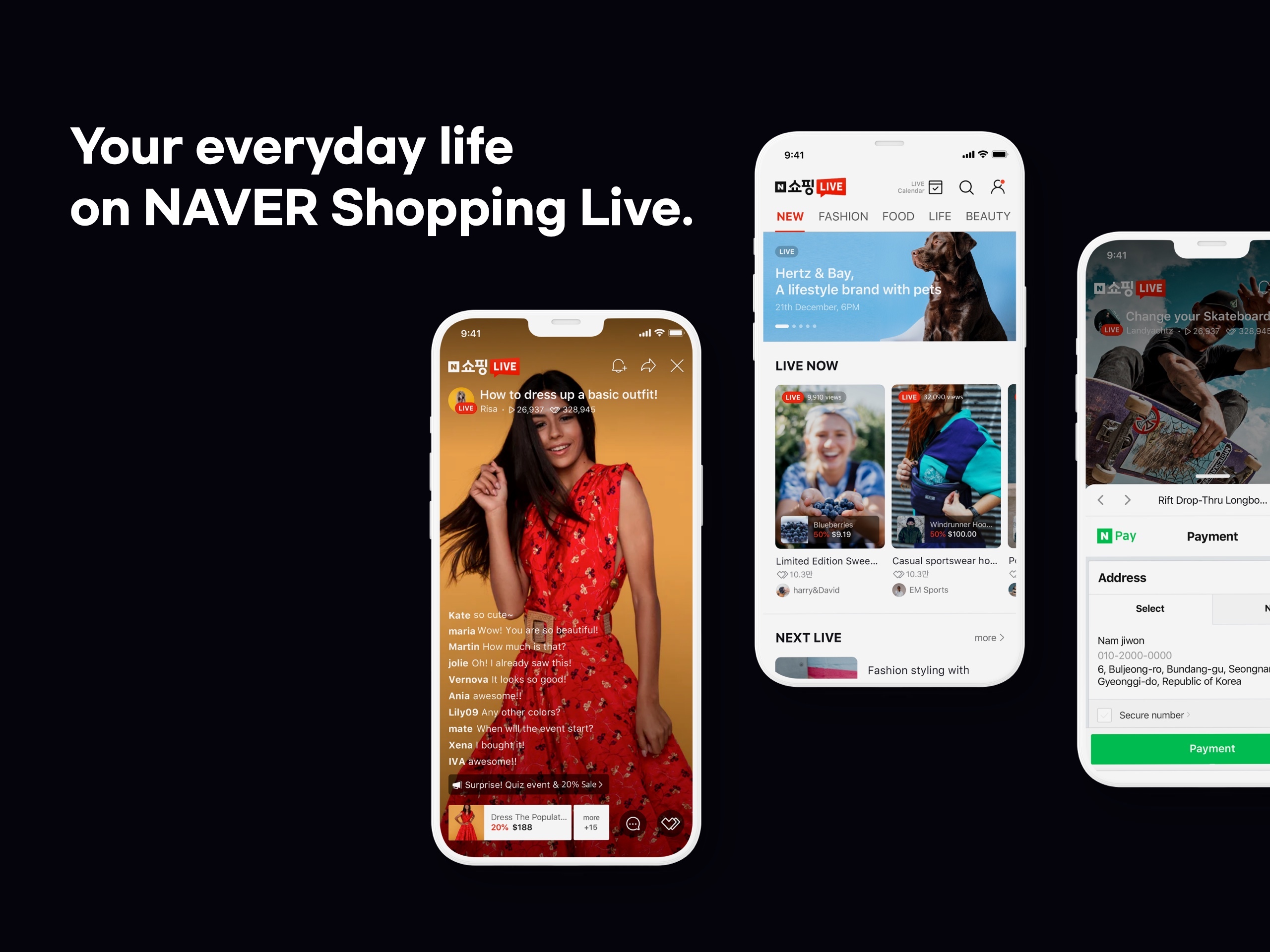In today’s B2B marketing landscape, website development and management are crucial elements. A well-crafted B2B website can serve as a billboard or brochure, showcasing a company’s expertise in the online market.
Potential clients often search online for service providers, and about 80% of people check websites during this process. Therefore, to ensure a company has a chance to succeed in the market, its website must be easily discoverable by customers.
To attract new visitors to your website, it’s essential to build solid content and carefully targeted strategies. Additionally, web and graphic design can influence visitors’ perceptions and help differentiate your business quickly and intuitively. Finally, usability across various devices, including mobile, should be considered.
This article will introduce methods for developing a successful B2B marketing website that fosters growth.
The Importance of B2B Website Development
The Role of B2B Websites
Successful B2B websites focus on providing value to potential customers through informative blog articles, case studies, or product demos. By building trust and demonstrating expertise, a B2B website can establish customer relationships that lead to long-term business partnerships.
Let’s delve into the specific roles of a B2B website:
- Building Relationships with Customers
A website can be used to build relationships with customers through blog posts, social media integration, and other interactive content. This can leave a lasting impression on potential customers and increase the likelihood of doing business together. - Educating Potential Customers
A website can educate potential customers about your products, services, and industry expertise. This positions your company as a thought leader and helps build trust with potential clients. - Increasing Brand Awareness
A consistent and integrated online presence can help increase brand awareness, which is crucial for acquiring new customers and growing your business. - Generating Leads and Conversions
A website can capture leads through contact forms, subscription boxes, and other calls to action. This helps build a list of potential customers interested in your offerings. - Driving Sales
In some cases, a website can be used to close sales. For example, if you sell SaaS products or e-commerce goods, you can allow customers to make purchases directly on your website. - Improving Search Engine Rankings
A well-optimized website can improve search engine rankings, making it easier for potential customers to find your website when searching for relevant keywords. - Driving Traffic from Other Marketing Channels
A website can be used to drive traffic from other marketing channels, such as social media, email marketing, and paid advertising, helping you reach more potential customers and amplify your marketing messages.
The Impact of Poor Website Structure on Sales
An inefficiently structured B2B website can significantly impact sales. Customers who cannot find the information they need on your website are likely to give up on learning about your company, leading to reduced engagement and business loss.
Additionally, poorly structured websites can negatively affect search engine optimization (SEO) and online visibility, making it harder for potential customers to find your website in the first place.
Ultimately, a poorly designed website can damage a company’s reputation and credibility. Potential customers may view a poorly designed website as unprofessional and may not take the company seriously, leading to a lack of trust.
B2B decision-makers generally trust and favor well-structured, user-friendly websites. Therefore, building such a website is crucial for enhancing user experience, increasing conversion rates, and establishing yourself as a trustworthy industry leader.
Effective Methods for B2B Website Development
Now that we understand the importance of a B2B website, creating a functional and aesthetically pleasing website is challenging, especially when trying to capture the attention of business decision-makers. B2B targets traditionally have more information than general consumers and tend to be short on time.
If your website is difficult to navigate, they will quickly move on to the next one. To capture their attention, your B2B website must be highly relevant and engaging enough to generate leads.
To achieve this, we at Growth Marketing Agency follow the steps outlined below when analyzing and developing a B2B website.
Market Research
Whether you’re just starting a website or planning a redesign, making informed decisions at every stage is crucial. Comprehensive market research is a prerequisite for this.
The purpose of running your business is likely to provide excellent products or services that meet the needs of a specific target audience. You probably aim to build a customer base, increase revenue, and expand your business.
To align your web design strategy with these goals, it’s essential to carefully review common objectives like the following:
- Do you want your website to be a simple lead-generation tool, directing inquiries to your sales team? Or do you want it to guide B2B visitors through the entire sales cycle and convert them into potential customers? Answers to these questions will determine the amount and type of functionality required.
If your website is simply collecting consumer information for follow-up, you are less likely to encounter backend or infrastructure issues compared to an e-commerce site.
On the other hand, a sales-oriented website needs to be integrated with existing IT strategies and requires management of inventory, shipping, and other logistics.
Once you’ve identified all the website’s requirements, such as functions and pages, you can move on to the sitemap development stage, where each page and function is meticulously analyzed within the marketing funnel.
Goal-Oriented Processes
If you already have a website and are planning updates, it makes sense to hold off on creating an update list until you have an analysis report. By leveraging analysis, you can avoid wasting time on updates to pages and sections that performed well or weren’t directly related to your business goals.
Similarly, if the data reveals high bounce rates or low engagement on specific pages, you can reprioritize those pages. Using real-time data, consider installing a “Heat map,” which visualizes the parts of a page that generate the most interaction and attract the most attention.
Designing with the Target Audience in Mind
When building a website, it’s essential to define your marketing audience clearly. B2B customers are more cautious than general consumers and often make decisions that reflect the opinions of other key stakeholders.
In some cases, a customer may need approval from up to 10 colleagues before making a purchase decision. Therefore, a B2B website must be designed to meet the needs of various stakeholders.
Consider how those who need to get approval before taking action will evaluate your website. If the information is unconvincing or fails to distinguish your business from competitors, it’s unlikely that the first impression will be shared with your company’s decision-makers.
Your goal here is to create a concise environment that provides a clear and logical overview of your company’s services, how they differ from competitors, and what actions users can take to obtain more information. By creating a buyer persona targeting your ideal customer, you can ensure that your development goals remain focused on those seeking to maximize benefits through partnerships with your brand.
UI/UX, Content, SEO
Now it’s time to structure the layout of your website. Generally, less is more when it comes to web design. A website that allows customers to find the desired content or resources within three clicks is considered the most structured.
Are you planning to place “Contact Us” buttons and other CTAs throughout your website? However, in certain business models, building relationships with potential customers may be more important.
For example, resources such as expertise, experience, and testimonials fall into this category. Here are a few steps for developing a structured build strategy.
Prioritizing UX and UI
B2B customers are put off by websites that are difficult to navigate. They are more likely to browse your website from a desktop computer and may return multiple times via mobile or tablet.
If your website has slow image loading times or refreshes without reason, you may lose potential customers.
Therefore, it is crucial to prioritize key principles of user experience (UX) and user interface (UI).
In B2B marketing, however, UX is not just about creating a simple and clear site. Customers must be able to conveniently gather information, with a focus on creating a repeatable contract strategy that ensures continuity.
Crafting Core Content and SEO
High-quality content provides value to visitors and emphasizes your company’s expertise and reliability. As a result, visitors may become more interested in building a long-term relationship with your company rather than simply obtaining information.
Built upon this foundation, Search Engine Optimization (SEO) helps your website rank higher in search engines. This leads to more visibility in search results, which in turn results in more clicks and visits from potential customers.
Here is a simple SEO strategy to consider when developing a website:
- On-Page Strategy: Keyword optimization, internal linking, metadata management
- Off-Page Strategy: Acquiring high-value backlinks and building brand authority
White Papers and Case Studies
Documents such as white papers, case studies, and testimonials are highly effective indicators in B2B marketing. They demonstrate that the company holds an authoritative position in the industry and that other consumers trust the company. This approach is suitable for products or services with a lengthy sales cycle or those that require significant investment.
A/B Test
B2B websites and homepages play a crucial role in a company’s digital strategy, and their performance and efficiency significantly impact the company’s success. One of the most effective methods for optimizing such websites is A/B testing.
A/B testing is an experimental approach where users are presented with two different versions (A and B) to compare which version produces better results. This method can be applied to various elements, such as web page design, content, and functionality.
Because A/B testing is based on real user data, it is more objective and reliable than subjective judgment. Additionally, it helps identify which elements improve or hinder the user experience.
Optimized web pages increase customer engagement and conversion rates. Ultimately, experimenting in small steps before making significant changes reduces potential risks.
The A/B test implementation plan in the website development process includes:
- Analyzing test results and drawing conclusions
- Clearly defining the goal of the experiment
- Establishing and prioritizing test hypotheses
- Selecting and setting up test tools
- Conducting A/B tests in stages
Conclusion
Your website serves as the primary source of information about your company and is a powerful marketing tool. Therefore, it is vital to develop your website with a well-planned strategy, ensuring that your online presence is optimized for growth and success.
These steps represent an overview of a B2B website development approach. However, each business has different goals, and careful planning, consideration of market research, target audience, UX/UI design, and content marketing strategies should be tailored to your specific needs.
By following these steps and continually optimizing and refining your website, you can build a strong online presence that drives growth, enhances credibility, and generates more business opportunities.







